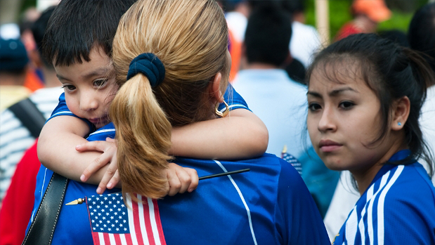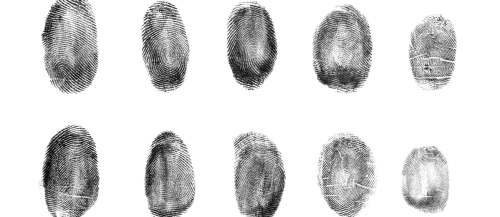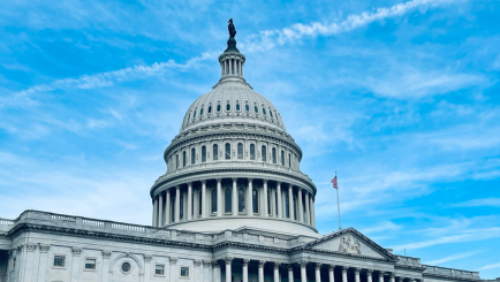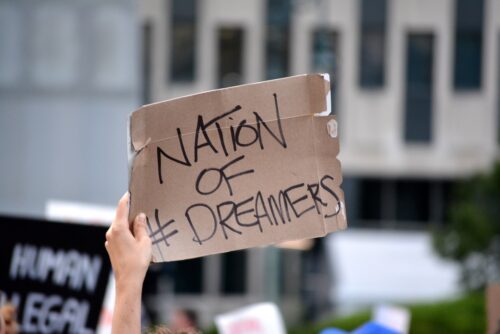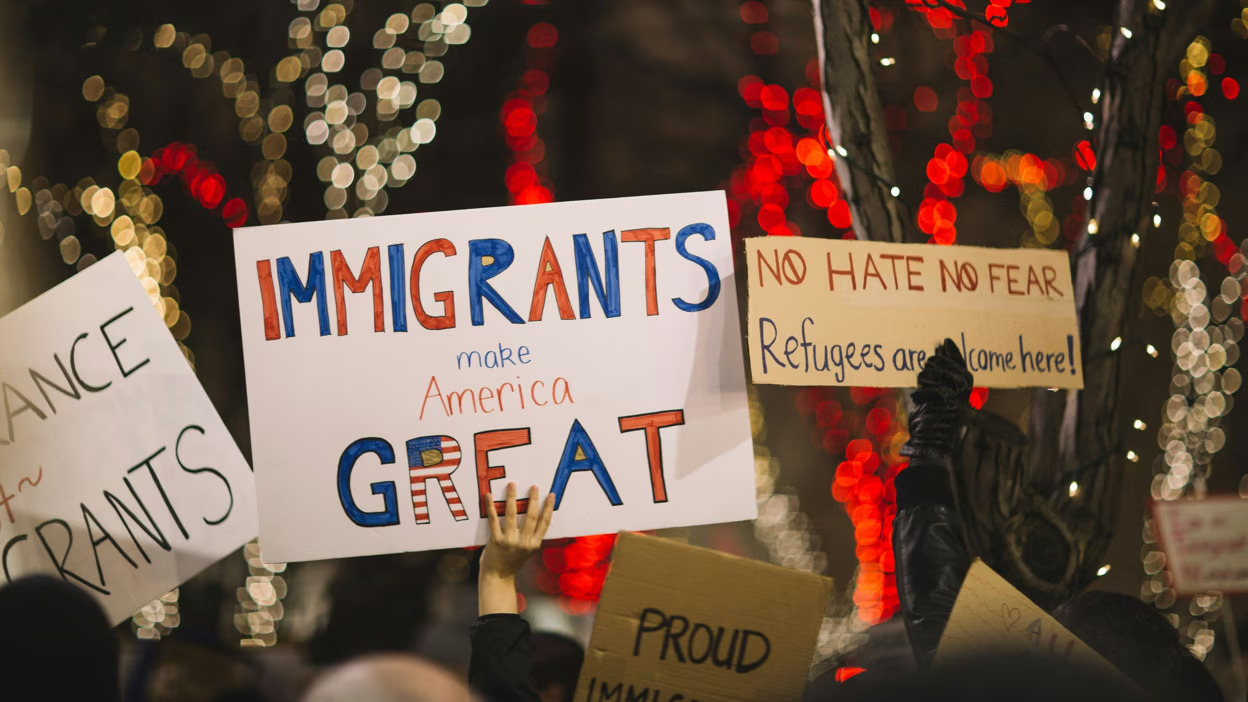Many people wonder why all immigrants do not just come to the United States legally or simply apply for citizenship while living here without authorization. These suggestions miss the point: There is no line available for current undocumented immigrants and the “regular channels” are largely not available to prospective immigrants who end up entering the country through unauthorized channels. Even though more than 80 percent of undocumented immigrants have lived in the United States for over 10 years, many could live out the rest of their lives without any opportunity to become legal residents of this country.
No “line” is available for the vast majority of undocumented immigrants.
Immigration to the United States on a temporary or permanent basis is generally limited to three different routes: employment, family reunification, or humanitarian protection. Each of these legal avenues is highly regulated and subject to numerical limitations and eligibility requirements. As a result, most undocumented immigrants do not have the necessary family or employment relationships and often cannot access humanitarian protection, such as refugee or asylum status. This means that no matter how long they have been in the United States, most undocumented immigrants have no way of achieving legal status. Even those who pay taxes, work hard, and contribute to their communities have no way to “get in line” unless Congress creates a new pathway to legal status.
Many undocumented immigrants are barred from obtaining legal status while inside the United States.
Unauthorized Undocumented immigrants who entered the United States without being legally admitted and inspected are generally not eligible to obtain green cards while still inside the country. Even if there is a visa available, they are barred from “adjusting status” and getting a green card without first leaving the country because of how they entered the United States.
However, leaving the country to obtain a visa can have significant negative consequences. Any person who has been out of status for more than 180 days, but less than one year, is barred from being re-admitted or re-entering the United States for three years; while anyone who has been out of status for more than one year is barred for 10 years. Although waivers to these bars exist, they are difficult to obtain. This means that even when a visa is available, undocumented immigrants must risk spending up to 10 years away from their families in the United States before being allowed to reenter the country.
Family-based immigration is limited to certain close family relationships and is numerically restricted.
Most people who legally immigrate to the United States come through family-based visas. Qualified family members in the United States can seek permission to bring in certain eligible foreign-born family members. U.S. citizens can petition for their spouses, parents (if the petitioner is 21 or older), children, and siblings. Lawful Permanent Residents (LPRs, or “green card” holders) can petition for their spouses and unmarried children (of any age). There are always visas available for the spouses, parents, and minor children of U.S. citizens, but for all other family categories there are annual numerical limits. In all cases, the petitioning family member in the United States must demonstrate an income level above the poverty line and must commit to support the family members they are seeking to bring to the United States. The foreign-born persons wishing to immigrate must meet eligibility requirements as well. This means that a family-based visa is unavailable to any undocumented immigrant who doesn’t have a qualified relative or who fails to meet those eligibility requirements.
Employment-based immigration requires a U.S. employer to request specific foreign workers.
To come to the United States for employment purposes—either temporarily or permanently—foreign workers must generally have a job already lined up with an eligible employer who will commit to being a sponsor. An employer can request permission to bring in specific qualified foreign workers, but only if they meet the requirements (such as job skills and education level) and if the employer cannot find qualified U.S. workers to take the job first. Most of the qualifying professions for permanent immigration require high levels of education and professional experience, such as scientists, professors, and multinational executives. There are a limited number of temporary visas for highly skilled or internationally recognized workers, and temporary, seasonal visas for agricultural workers and certain other “less-skilled” workers. In most of these cases, an employer must petition for the worker.
Very few undocumented immigrants are eligible for employment-based visas, and competition for these visas is fierce. This means that for all but a lucky few, these visas are unavailable to undocumented immigrants regardless of skill or desire to work legally.
Most people fleeing their home countries cannot access humanitarian protection.
Each year, the United States sets a numerical limit on how many refugees will be admitted for humanitarian reasons. To be admitted as refugees, individuals must be screened by multiple international and U.S. agencies and demonstrate a “well-founded fear of persecution based on race, religion, membership in a particular social group, political opinion, or national origin.” Asylum seekers are individuals already in the United States who fear returning to their home countries, and who must prove they meet the definition of a refugee. An immigrant does not qualify as a refugee or an asylee because of poverty or difficult economic conditions in their home country. Most undocumented immigrants are ineligible for asylum because the law generally requires that someone file for asylum within one year of entering the United States. There are other more limited forms of temporary humanitarian protection available, but these are rare.
Even those who can get in line are subject to long backlogs and waits.
When undocumented immigrants do have qualifying relatives or employers who could provide a pathway to a visa, many are still not able to take advantage of that process for years. The demand from both family members and workers who want to immigrate to the United States is typically higher than the number of slots available each year. In addition, there is a maximum number of employment-based and family-sponsored preference visas that can be issued to citizens of any one country each year. The number of permanent immigrants from a single country cannot exceed seven percent of the total number of people immigrating to the United States in a single fiscal year. Only immediate relatives of U.S. citizens (parents, children under 21, and spouses) are not subject to a numerical limit. This results in significant backlogs for most family members and many workers hoping to enter the United States legally, with some immigrants from certain countries waiting decades. Moreover, for the past two years the federal government has not even come close to meeting the annual caps for either employment-based or family-preference visas due to the slow pace of processing.
People from countries with high levels of immigration to the United States—Mexico, China, India, and the Philippines—generally have the longest waiting times for immigrant visas. For example, the married and unmarried adult children of U.S. citizens from Mexico, and the Filipino siblings of U.S. citizens, must wait between 19 and 24 years for visas to become available.
There is a limited lottery for certain countries.
If a person who wishes to immigrate to the United States does not qualify under the family, employment, or humanitarian systems, there may be one more legal path. The annual Diversity Visa Program makes up to 50,000 green cards available to persons from countries with low rates of immigration to the United States. People from Mexico, China, the Philippines, India, and other countries with higher levels of immigration to the United States are not eligible. To qualify, applicants must have a high school education and two years of job experience. Since millions of people around the world apply each year, the chances of obtaining a visa through the lottery are extremely low. In addition, the Diversity Visa Program is barely functioning at the present time due to the continued impact of immigration bans implemented by the Trump administration and extremely slow processing by the Biden administration.
Conclusion
Undocumented immigrants who want to become citizens of the United States cannot just “get in line.” Although there are some lines, many aspiring lawful permanent residents are not eligible to be in any of them. Even if an undocumented immigrant does meet the formal requirements to immigrate, the wait can be very long if the individual is applying from a country with a lengthy backlog of applications.
